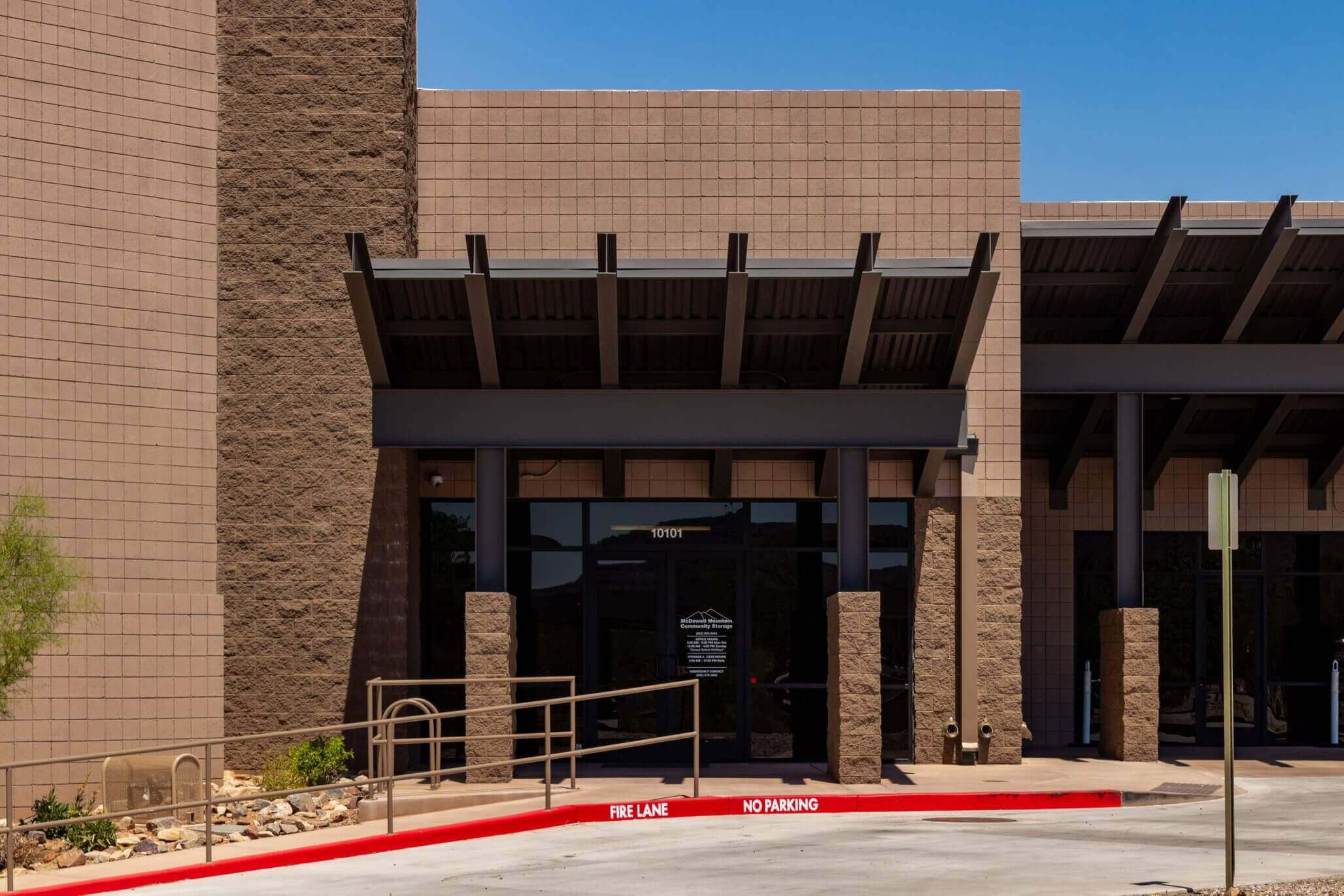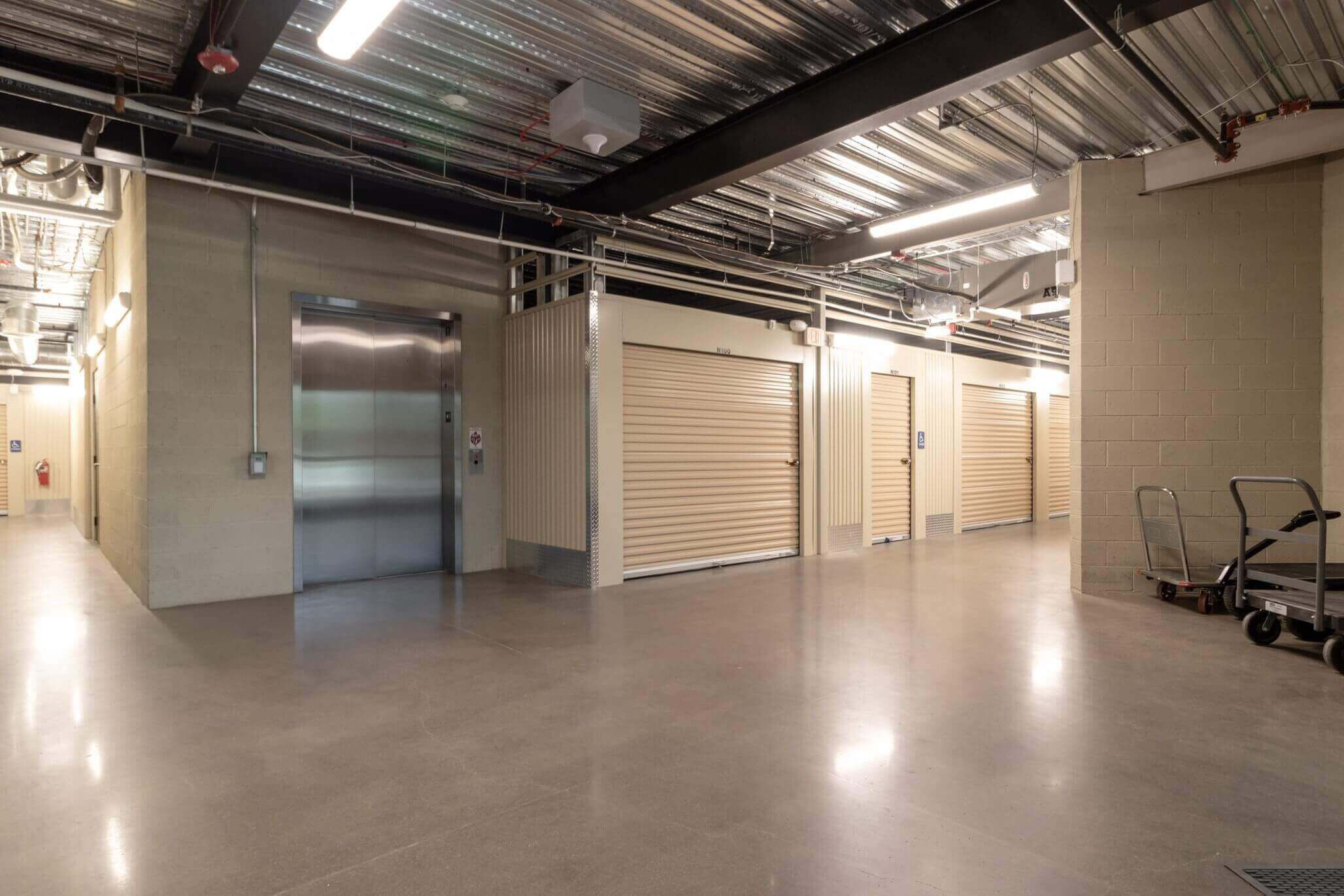Maximizing storage efficiency begins with an innovative system to categorize, label, and organize your boxes. Whether you’re managing a home garage, a kitchen pantry, or a dedicated storage unit like those at McDowell Mountain Community Storage, knowing where everything is—and being able to access it easily—can dramatically reduce frustration, save money, and protect your belongings. Keep in mind that the way you organize each area, from floor to shelf, affects how well you can stack and retrieve your items later. Using transparent colors for labeling can help further streamline the process. Below is a comprehensive guide using best practices and proven tips to help you sort, label, and manage storage containers effectively.
Establishing an Effective Labeling System
A consistent and logical labeling system is the foundation for any organized storage strategy. Before stacking boxes or filling shelves, take the time to plan out the steps involved in creating a method that works for everyone. Start by identifying your items using the right tools, such as markers, a label marker, and color-coded tags—each selected based on the importance of clarity and long-term durability.
Use high-quality, waterproof, and smudge-proof labels to resist moisture, dust, and wear over time. Whether you’re labeling a bin, a box, or another container, ensure each one is marked correctly. This simple action helps reduce cost, prevent misplacement, and streamline access. As you move through different locations, you may find yourself asking questions, especially when labeling something that’s not used often or stored for seasonal purposes.
Categorizing and Grouping Belongings by Type
Categorizing your belongings is essential to maintain order. Create groups based on the type of content in each box—for example:
- Holiday decorations
- Clothing by season
- Kitchen supplies
- Electronics and cables
- Paper files and documents
- Tools and DIY materials
Assign a category and write it clearly on each container. This makes retrieval easier when accessing storage spaces in a pinch.
Creating a Storage Inventory List
Maintaining a digital or paper inventory provides another level of visibility. Use a spreadsheet, notebook, or even storage software to record:
- Item name
- Box number
- Location (e.g., “Top shelf, back row”)
- Condition
- Category
- Label color
- Access frequency
This information helps you manage your storage units and keeps track of everything, especially for long-term or off-site storage.
Choosing the Right Storage Containers
The quality and type of storage boxes or bins you choose make a huge difference. While cardboard boxes are lightweight and budget-friendly, plastic bins with secure lids offer superior protection from moisture, dust, and pests.
Using clear containers is an excellent option for enhanced visibility, while opaque bins should be thoroughly labeled using a label maker or durable tape to ensure easy identification. Uniform storage units are ideal, as they can be safely stacked to maximize vertical space and minimize issues with accessibility or balance. Avoid using irregularly shaped containers, which are harder to arrange efficiently on shelves or in a storage unit. For more tips on choosing the correct storage setup, explore the McDowell Mountain Community Storage blog, where we cover organization strategies in greater depth.
Color-Code and Label Placement
Color-coding your labels, tags, or even entire boxes helps you identify categories at a glance. Assign a unique color to each group:
- Blue = Winter clothing
- Red = Holiday decorations
- Green = Kitchen items
- Yellow = Tools
- Clear = Frequently used items
Always place labels in a consistent location on each box—such as the front and top—to ensure quick identification regardless of how they’re stored.
Organizing Boxes by Frequency of Use
Strategically placing storage bins based on how often you access them is one of the top storage tips. Items used less often (like holiday decorations or archived papers) can go at the bottom or toward the back of the unit or shelves.
Meanwhile, frequently needed things—like tools, kitchen extras, or cleaning supplies—should be near the front, at eye level, and accessible without unstacking multiple boxes.
Arranging Your Storage Space for Maximum Accessibility
The organization of your actual storage space matters as much as what’s inside your containers. Use the following methodical approach to optimize layout:
- Shelving units: Install adjustable shelves to keep boxes off the floor and allow easier retrieval.
- Zones: Divide your space into functional areas or zones by category.
- Aisles: Leave small walkways to access the back or bottom rows without having to remove everything.
This structured approach reduces the stress of accessing rarely used items and helps you maintain a tidy, neat, and efficient system.
Minimizing Clutter Through Decluttering and Sorting
Before placing anything into storage containers, sort your belongings thoroughly. Get rid of things you no longer need, duplicates, or broken items. This step not only saves space but also improves efficiency by eliminating clutter.
Use the “keep, donate, discard” method. If you’re uncertain about an item, box it separately and revisit it in six months. Keeping a minimal inventory makes management simpler and less overwhelming.
Labeling Best Practices for Clear Identification
To ensure every label serves its purpose, follow these best practices:
- Use large, legible fonts.
- Avoid vague labels like “miscellaneous.”
- Include key details: contents, location, group, and category.
- Apply labels on multiple sides for stacked boxes.
- Use label makers for a clean, professional look.
- Add index numbers if using a master list or spreadsheet.
This level of detail enhances visibility and streamlines your entire labeling system.
Protecting Items from Environmental Damage

In storage, protecting your items from environmental factors is vital. Use moisture absorbers or silica gel packets to reduce humidity, especially for paper, clothing, or electronics. For sensitive or high-value belongings, consider renting a climate-controlled Storage Unit to maintain consistent temperature and humidity levels year-round. Avoid storing items directly on the ground—use shelving units or pallets to reduce exposure to water and improve air circulation.
Labeling boxes with warnings (e.g., “Fragile,” “Keep dry,“ or “Temperature-sensitive”) ensures items are handled and placed appropriately.
Reducing Stress by Planning Ahead
Storage shouldn’t cause frustration—a proactive plan helps alleviate stress and confusion later. By mapping out your storage unit and maintaining a system, you create a self-maintaining structure that works even months or years later.
At McDowell Mountain Community Storage, we see countless customers benefit from a little upfront effort that saves hours down the line. Your space, no matter how small or large, can be managed with ease using these guides, methods, and principles.
Reassessing and Updating Your Storage System
Life changes, and so do your storage needs. Periodically optimize and revisit your system:
- Review your inventory
- Relabel faded or outdated tags
- Rotate seasonal items (e.g., holiday decorations)
- Purge what’s no longer needed
- Rearrange based on new space requirements
This ongoing management ensures your storage system continues to serve you efficiently as your life evolves.
Benefits of a Well-Organized Storage System
When you implement these storage tips, the benefits are immediate and long-term:
- Save money by avoiding duplicate purchases
- Maximize available space
- Reduce time spent searching
- Preserve the quality and condition of items
- Simplify moves or renovations
- Enjoy a cleaner, more functional environment
Whether you’re organizing a home garage, a business supply room, or a whole storage unit at McDowell Mountain Community Storage, the proper labeling system enhances every part of the storage experience.
Conclusion: A Clear Path to Storage Efficiency
Labeling and organizing storage containers may seem like a small task, but the difference it makes is massive. With an innovative approach and the right tools, you’ll enjoy an uncluttered, streamlined, and stress-free space.
From choosing durable bins, applying thoughtful labels, creating an inventory, and understanding where to place each box, every step contributes to a functional system.
McDowell Mountain Community Storage is here to support your organization’s journey. Whether you’re dealing with personal belongings, business items, or seasonal decor, our facilities provide the access, security, and convenience you need to make it all work.
Frequently Asked Questions
What type of label material lasts longest in long-term storage?
Vinyl or polyester adhesive labels are ideal for long-term storage due to their resistance to water, humidity, and fading. They’re instrumental in garages or non-climate-controlled units.
Should I use numbers or names when labeling my boxes?
A numbered system tied to a detailed inventory sheet works best for larger collections. For smaller setups, clear category names (e.g., “Winter Clothes”) may be more intuitive.
Can I use apps to track my storage inventory?
Yes. Apps like Sortly, Home Inventory, or Google Sheets can help you create searchable records, attach photos, and track box contents across multiple storage locations.
How often should I recheck or update my labeled boxes?
Review your labeled storage every 6 to 12 months. This helps account for seasonal changes, ensure accuracy, and address any label fading or damage.
Is it better to store items by category or by room?
It depends on your needs. Category-based organization (e.g., “Tools”, “Holiday Decor”) usually improves accessibility, while room-based grouping (e.g., “Living Room”) can help during moves or renovations.
What should I avoid labeling my boxes with?
Avoid using vague terms like “Miscellaneous“ or temporary markers that fade. Also, steer clear of labeling in only one location on the box—use multiple sides.
Do I need a climate-controlled storage unit for labeled boxes?
If you’re storing electronics, important documents, photos, or fabric-based items, a climate-controlled storage unit is highly recommended to prevent heat and moisture damage.
How can I make labels easy to read in a dim storage area?
Use large-font printed labels or neon-colored labels and markers. You can also place reflective tape near the label or use portable LED lights in darker units.
Are clear storage bins better than cardboard boxes for labeling?
Clear plastic bins enhance visibility and are easier to label with adhesive or magnetic tags. They’re also more durable and better suited for long-term or stacked storage.
What should I do if I lose track of what’s inside an unlabeled box?
Carefully open and inventory the contents. Then, relabel the box using your current system. Make a note in your digital or paper inventory to prevent future confusion.


